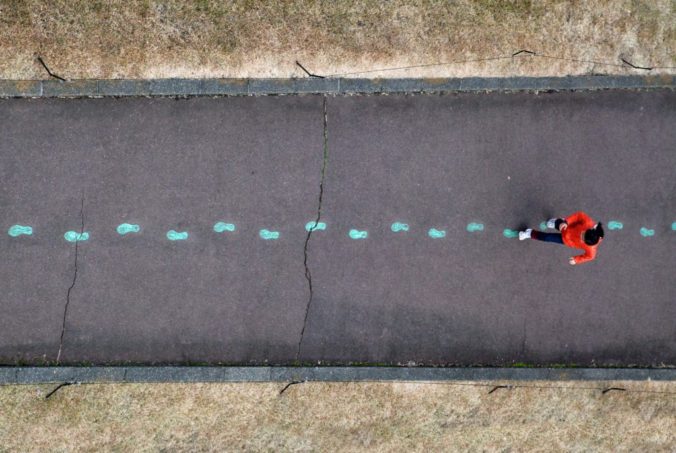In this week’s reading, we take a look at how we can integrate technology into an educational institution. Furthermore, in my blog today I will be diving into the differences between SAMR, SECTIONS, and TPACK.
I will be starting us off with SAMR which stands for substitution, augmentation, modification and redefinition. The SAMR model is a tool that teachers or instructors to evaluate how they are integrating technology into their instructional system or classroom. Either through substitution, augmentation, modification or redefinition. In this model, you have a threshold where you move from using technology to enhance learning or using it to transform learning.
The next model that we will be looking into is the SECTIONS model which stands for students, ease of use, costs, teaching functions, interaction, organizational issues, networking, and security & privacy. The SECTIONS model it looks at what medium is used to help support teaching either by: text, graphic, audio, video, computing, social media, and face to face. In addition, SECTIONS model is like a rubic to help guide teachers or instructors in selecting a technology to help in intergrating or delivering an improved experience for learning.
Finally, the TPACK model The technological pedagogical content knowledge (TPACK) model is a system to one more model utilized to comprehend and depict the sorts of information required for viable educational practice in innovation improved learning conditions.

Recent Comments